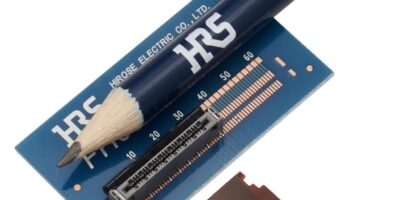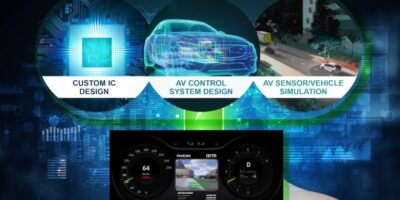Able to withstand high operating temperatures, the FH67 series flat flexible cable/flat printed circuit (FFC/FPC) connectors have been introduced by Hirose Electric.
It can withstand higher operating temperatures than the standard FFC/FPC connectors, says Hirose, citing temperature ranges of up to 125 degrees C. With this heat resistance capability ensures the connector satisfies the needs of severe automotive requirements, adds the company.
The 0.5mm pitch FH67connector has a one-action lock which allows a FFC/FPC to be inserted into the connector without opening the actuator. This can be done with one hand or by automated machinery to save assembly time and reduce mating failure. Removing the connector can be done by one hand or by robot.
The FH67 series has an independent two-point spring contact design, which includes a wiping element that reduces contact failure due to dust intrusion.
The ground contacts allow a shielded FFC to be used which prevents electromagnetic interference (EMI).
The FH67 connectors are designed with 30 contacts and are low in height (5.2mm), for space constrained applications such as automotive equipment, smart home devices, medical equipment and other portable devices. The maximum rated current is 0.5A and operating voltage is 50V AC/DC. Operating temperature is -55 to +125 degrees C.
Hirose Electric is a Japanese manufacturer of high-quality connectors. Established in 1937, it uses advanced engineering services and worldwide manufacturing capabilities to provide technically advanced connector solutions for many industries including industrial, automotive, consumer, testing, broadcasting, and telecommunications. It prides itself on its customer service.
European offices were established over 30 years ago and in 2010, the various European offices were merged to form Hirose Electric Europe. The European headquarters is based in Amsterdam, The Netherlands. Other European branches are located in Germany, the UK, France and Italy.







